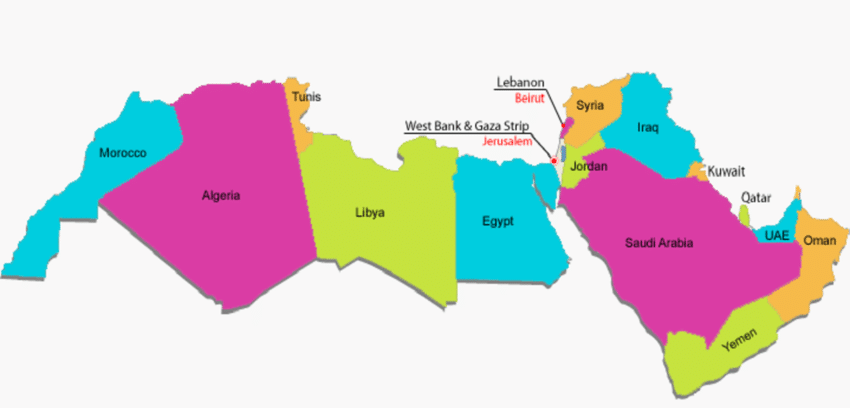COVID-19 represents one of the greatest challenges that the global healthcare system has faced in the last few centuries. The current pandemic started with a cluster of cases of unknown pneumonia in Wuhan, Hubei Province in China in December, 2019.
It wasn’t until the end of January when the World Health Organization (WHO) declared it a public health emergency of international concern (PHEIC). With more spread in different countries, the WHO declared it a pandemic on 11th of March 2020.
Currently, there are more than 2,300,000 confirmed COVID-19 cases worldwide, with the US, China, Iran, and many European countries as highly impacted countries. In the Middle Eastern countries, the COVID-19 impact has been slower with the peak of the curve still yet to come for many countries except for Iran which has more than 80,000 confirmed cases with a peak that was reached in the 1st week of April 2020.
An epidemiological curve (epidemic curve) is a statistical chart to visualise the frequency of new cases compared to the date of disease onset which eventually showcase the disease’s magnitude. The curve would typically have a steep upslope, a peak, and a more gradual downslope.
One of the most important components to understand in the epidemic curve is the peak, in which the healthcare systems is overwhelmed by the impact of the disease while the healthcare resources are facing the highest demand. Understanding the likely timing of the peak will help in the planning of the healthcare resources to meet the patients’ need while minimizing the morbidity and associated mortality.














